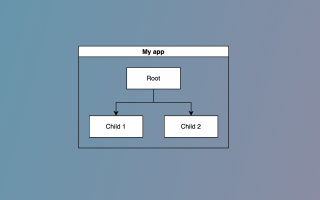End-to-end testing (E2E) is an essential part of the development process to ensure that the application functions as expected from the user’s perspective. In this article, we’ll explore end-to-end testing in Angular projects, its benefits, and how to implement it.
What is End-to-End Testing?
End-to-end testing is a testing methodology used to test the entire application flow, from the user interface to the backend. It is used to simulate a real user’s interaction with the application to validate its functionality, performance, and security. This type of testing ensures that the application meets the user’s requirements and performs as expected in the production environment.
Benefits of End-to-End Testing
End-to-end testing provides several benefits, including:
- Detecting defects early: E2E testing detects defects early in the development process, making it easier and less costly to fix.
- Improved test coverage: It provides complete test coverage of the application’s features and functionalities, ensuring that the application meets the user’s requirements.
- Improved confidence: It gives developers and testers confidence that the application is functioning as expected.
- Better collaboration: E2E testing facilitates better collaboration between developers, testers, and other stakeholders by providing a clear and shared understanding of the application’s functionality.
How to Implement End-to-End Testing in Angular Projects
Angular provides several tools and libraries to facilitate end-to-end testing, including Protractor, Karma, and Jasmine. Here are the steps to implement E2E testing in an Angular project:
Step 1: Install the necessary tools
To implement end-to-end testing in an Angular project, you’ll need to install Protractor, Karma, and Jasmine. You can install these tools using the Node Package Manager (NPM).
Step 2: Create a Test Suite
Create a test suite by creating a new directory in the root of the project called “e2e” and then run the following command: ng e2e –port 4202. This command creates a sample E2E test suite in the “e2e” directory.
Step 3: Write Tests
Once you have created a test suite, you can start writing tests. Tests are written in JavaScript or TypeScript and are organized into spec files. You can use Jasmine or Mocha as the test framework.
Step 4: Run Tests
To run tests, execute the following command: ng e2e. This command runs the Protractor test runner, which opens a browser window and runs the tests in the test suite.
Step 5: Analyze Test Results
Once the tests are complete, you can analyze the results by reviewing the test output. The output shows the test results, including any failures or errors.
Conclusion
End-to-end testing is a crucial part of the development process to ensure that the application meets the user’s requirements and performs as expected in the production environment. Angular provides several tools and libraries to facilitate end-to-end testing, including Protractor, Karma, and Jasmine. By implementing E2E testing in your Angular projects, you can detect defects early, improve test coverage, and increase confidence in the application’s functionality.



